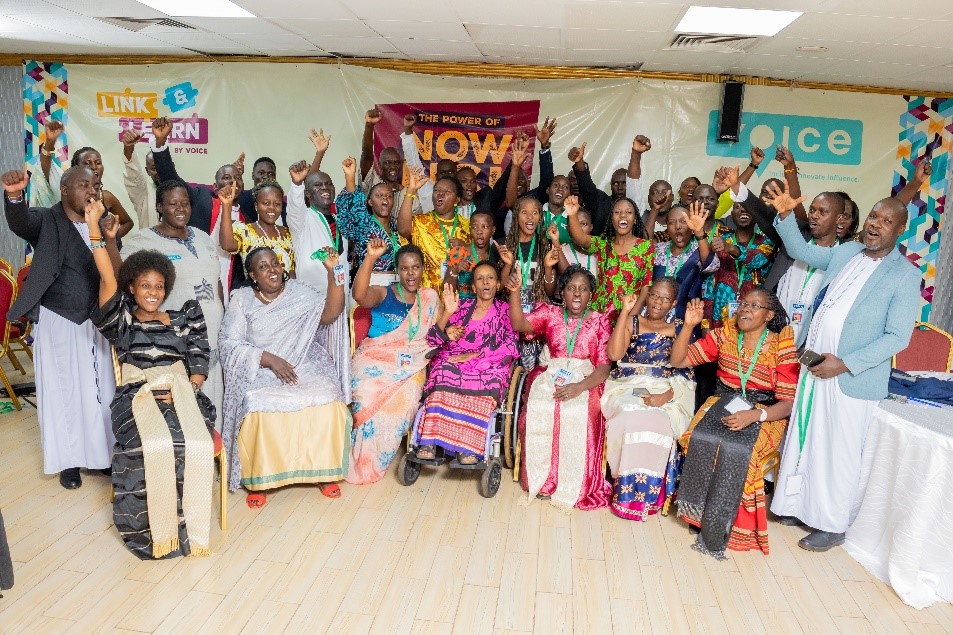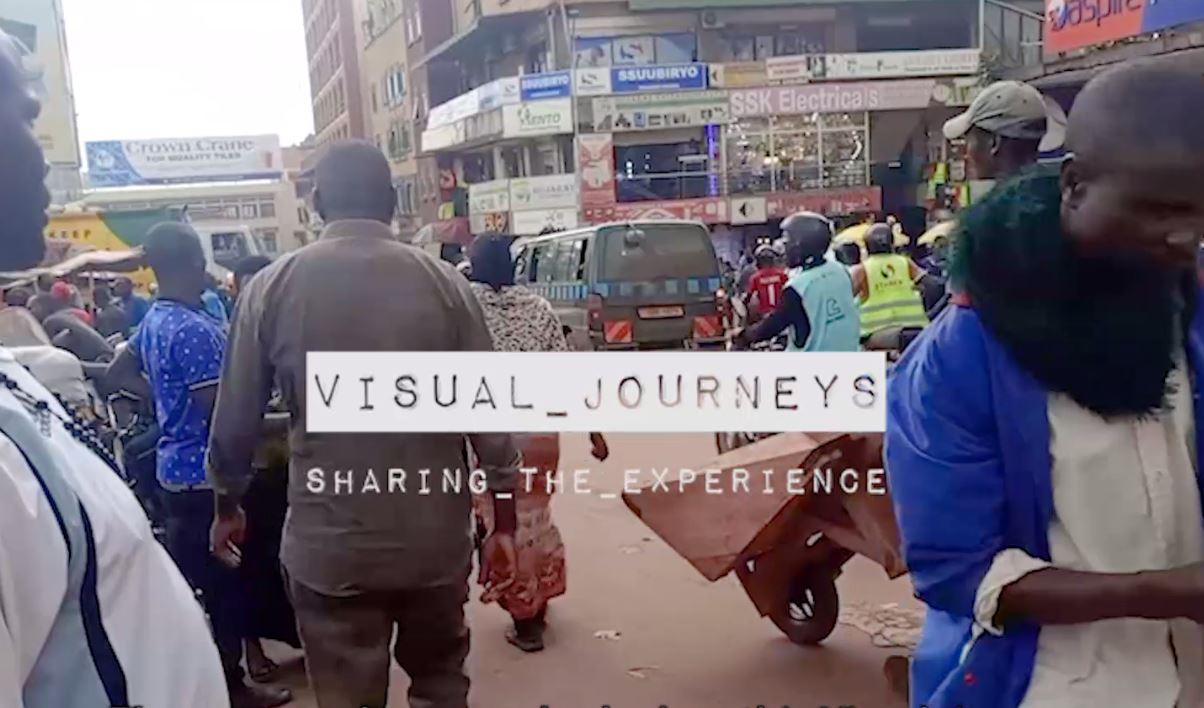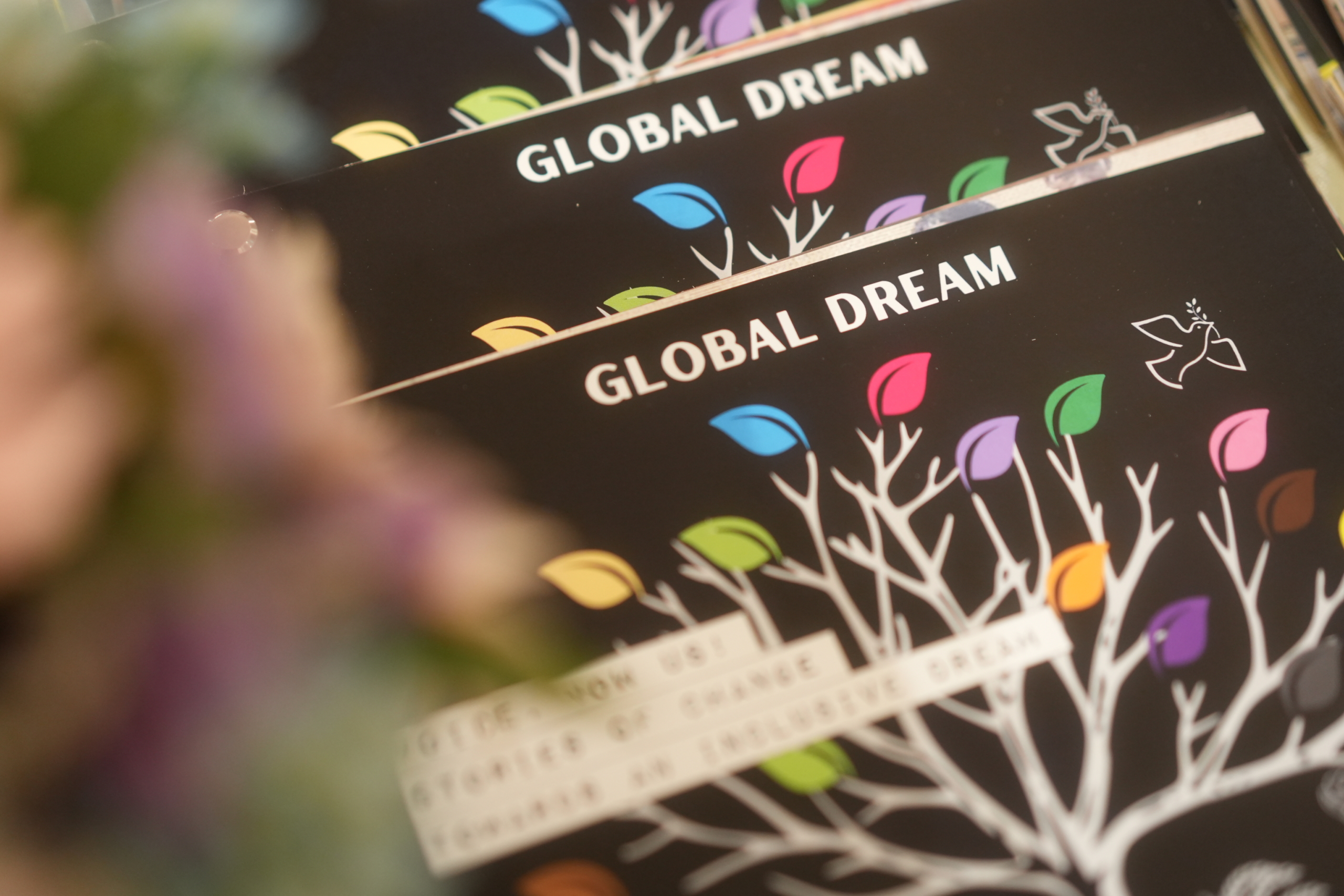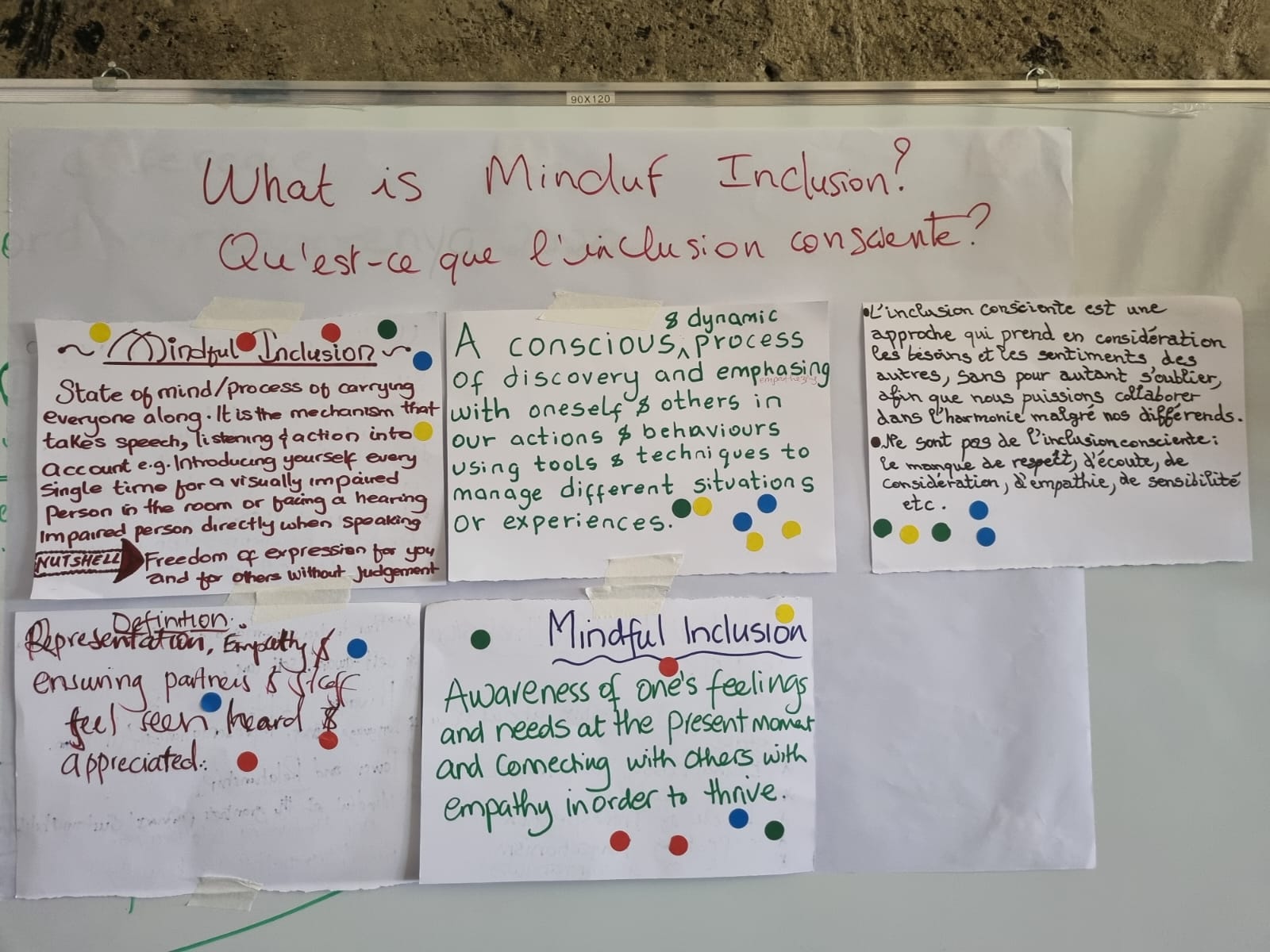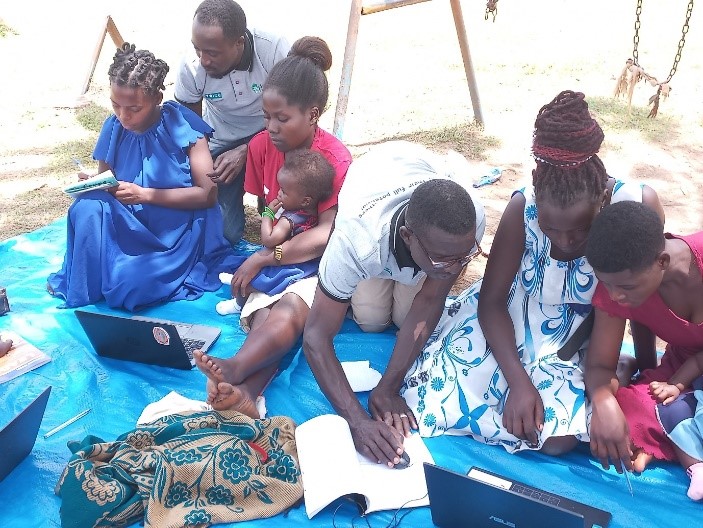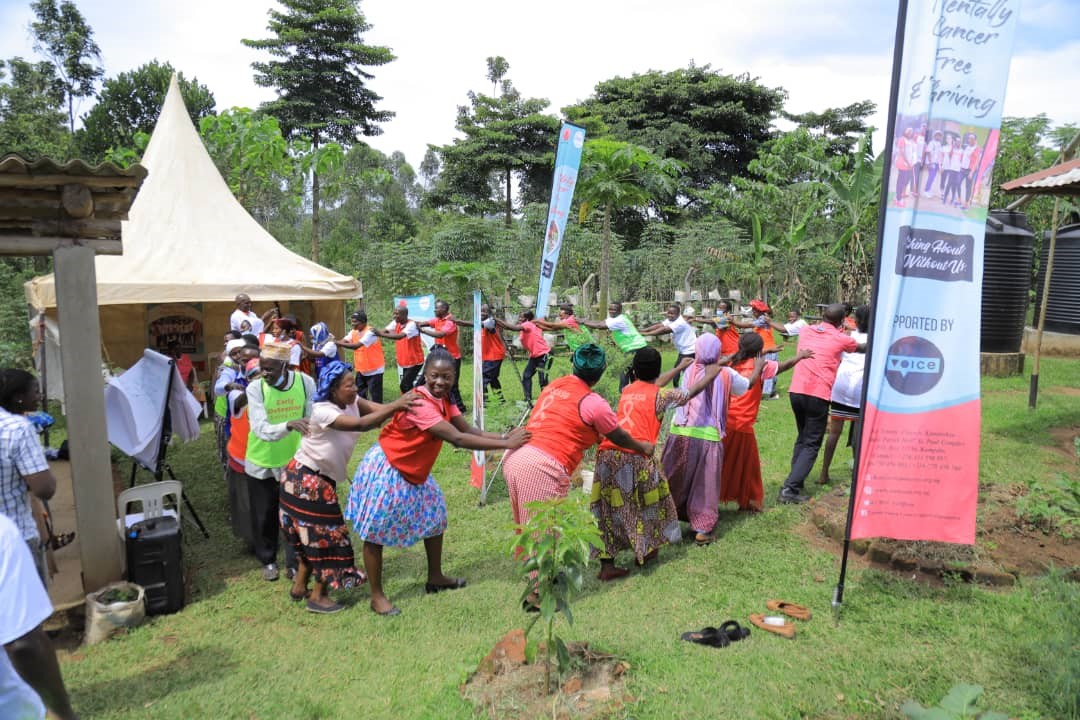Challenging ourselves: a journey towards more inclusion
Written by Inez Hackenberg, Voice Linking & Learning Coordinator
Working on linking and learning in the Voice programme, made me realise I wasn’t conscious enough about inclusion. Yes, I would describe myself as a reasonably participatory and inclusive person; but was I doing the best I could in my life and work? Am I sufficiently aware of my own habits, nonverbal communication, and comfort zones? Am I challenging myself enough to do better?
In March 2017 I was invited to an inclusive facilitation workshop organised by Light for the World (LFTW) and Wilde Ganzen, two Netherlands based organisations working with People with Disabilities. They aim to enhance the participation of People with Disabilities in development and to advocate on, and mitigate, the barriers they encounter. After two amazing days with the facilitators Murali Padmanabhan (India), Annick Bambara (Burkina Faso) and Paulien de Bruin (Netherlands), I knew I wanted to share this experience with colleagues in Voice. But I also wanted to take it broader, talking about the inclusion of all people and groups. Adapting the materials to include a focus on all the groups and right holders supported by Voice.
In November and December 2017, the linking and learning team organised a series of regional capacity strengthening workshops on inclusive facilitation and ways of working in Laos, Kenya and Niger.[1]
It was an amazing experience. To unravel together what it means to be inclusive. And what that asks from us. To discover that an important key to inclusion is opening up to whatever is there. To listen and observe and be open and flexible. Seeing people for who they are, with all their talents and possibilities.
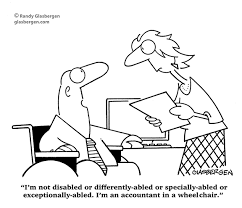
We reflected on the concept itself and how to translate it into practice. So, what is inclusion? A process whereby every person who wishes to, can access, and participate fully in all aspects of an activity or service in the same way as any other member of the community, (irrespective of age, disability, gender, religion, sexual preference or nationality). So, it addresses an individual’s dignity (basic human rights), opportunities (equal employment and attitudes), and accommodation (accessibility, assistive devices). It is really about society changing to accommodate difference, and to combat discrimination. So, we looked at existing barriers[2] for Voice groups, to participate in society and particularly, to participate in Voice.
We learned about ACAP[3], four key principles of inclusion: Attitude, Communication, Accessibility and Participation. And we found out that the Attitude is most important; with the right attitude, the other aspects of inclusion will improve as well. Because one’s perspective and way of looking at the other will have changed.
Another key lesson was mentioned by quite some participants after the practical session[4]: ‘Before the start of the session we were nervous and uncertain how it would go and whether we would be able …… but after a few minutes we were just all workshop participants, sharing and learning together.’
We also discovered how easy it is to exclude someone, how unconscious we use excuses not to be inclusive. During the workshop we were asked to make a list of things we would do to exclude certain groups on purpose. That was a real wake up call. We had long lists of excluding actions against women, girls, people with a disability, people from ethnic minorities, no problem at all. But, to exclude men, that was the most difficult. An eyeopener.
So, the challenge is on us to make inclusion work in Voice. I am going for the challenge, are you?
PS. Some of our Laos participants shared their views with us, please have a look: Taking Inclusion Home
Footnotes:
[1] In total 64 persons participated, 34 identified as female and 30 as male. The sessions were facilitated by a mixed Voice and Light for the World facilitation team (3 female, 1 male).
[2] Environmental barriers: physical structure, technology; Institutional barriers: lack of policies, legislature, programs, projects; Attitudinal barriers: perception, cultural norms. 80% of the barriers are from this section. If we deconstruct this barrier, it is easy for the rest of them to fall off.
[3] Attitude: which can be described as a feeling or opinion about something, someone or a way of behaving that is caused by this; Communication: the process of involving, sharing, passing on information in a format that is easily understood by the recipient and offering an opportunity for feedback. Imparting or exchanging information by speaking, writing or using some other medium. It is two-way; Accessibility: the ability to make things, resources or opportunities easily available to all people. Information is easily accessible and user friendly. It should be free, safe, timely and independent moving to enable access for all people in development; Participation: an action of taking part in something. Taking issues in our own hands; ‘nothing about us without us’, hence inclusion depends on how areas of accessibility, communication and attitude are being realized.
[4] workshop participants facilitating short sessions with members of local Organisations of People with Disability

